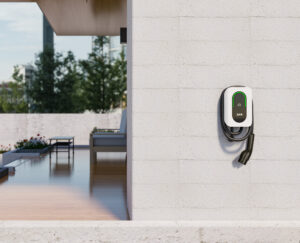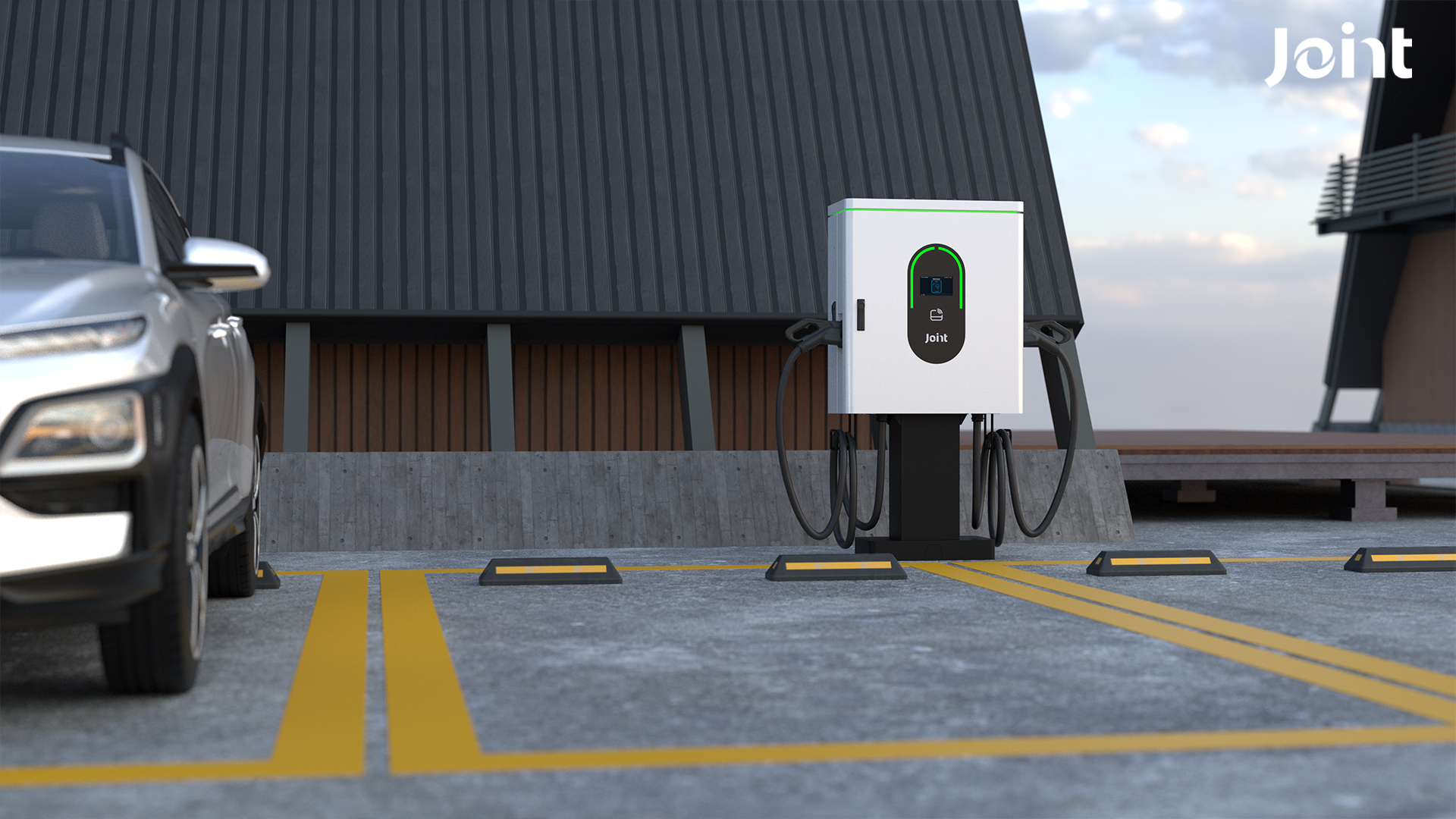
Vehicle-to-Grid (V2G): The Future of EV Charging and a Smarter Energy Grid
Vehicle-to-Grid technology is redefining the role of electric vehicles, turning them into dynamic energy assets that benefit drivers, utilities, and the planet.

The electric vehicle (EV) market is growing fast. With this growth, the demand for EV charging infrastructure is increasing. Whether you need commercial charging or a simple home station, understanding the latest technologies is key. In this article, we will cover EVSE standards, smart charging solutions, and the future of EV charging stations.
Commercial charging refers to stations installed at public or business locations. These are typically found in parking lots, shopping malls, or office buildings. Businesses can earn revenue by offering these charging points to EV owners. As EV charging demand increases, the opportunity for businesses grows too.
Smart charging solutions are changing the way we charge EVs. These systems use technology to optimise charging times and energy use. They can adjust the speed based on demand, saving costs for users and reducing strain on the grid. Smart charging also helps improve overall efficiency and reduces environmental impact.
To ensure safety and reliability, EV charging station standards are essential. These standards define how chargers interact with electric vehicles. EVSE (Electric Vehicle Supply Equipment) includes the hardware and connections needed to deliver power to an EV. These standards also cover safety protocols and compatibility between the charger and the vehicle.
EV charging safety is crucial. Charging stations and units must meet strict safety standards to prevent hazards. Regulations such as UL 2202 and IEC 61851 set guidelines for safe installation and operation. Businesses and users must follow these to ensure a safe charging experience and avoid electrical faults or fires.
The future of charging stations looks bright. We can expect faster charging technology, like DC fast charging stations, to become more common. Smart charging will also play a larger role in managing energy use. As EV charging infrastructure expands, more charging points will be available, even in rural areas.
Countries like Norway and Canada are leading the way in EV charging infrastructure. EV charger Norway has an extensive network of public charging points. In Canada, electric vehicle charging stations are growing quickly, especially in cities like Toronto. Both countries are investing heavily in building more electric car charging stations to meet the increasing demand.
EV charging station revenue is a growing market. As more EVs hit the road, businesses with charging stations can earn money. Charging stations can either charge per session or offer subscription services. This new revenue stream is becoming more attractive to businesses, especially with the rise in EV ownership.
Finding a nearby charging point is easy. EV charger maps and apps like PlugShare or ChargePoint show you where the nearest electric vehicle charging stations are. Whether you need a station in Toronto or want to find charging units in your area, these tools help you find the best options fast.
The future of EV charging looks promising. Smart charging solutions will make charging more efficient and affordable. As countries like Norway and Canada expand their EV charging infrastructure, more people will have access to convenient charging. With increased EV charging station revenue, businesses will continue to invest in this growing market. The future of EVs depends on reliable and widespread charging solutions.
A1: EVSE stands for Electric Vehicle Supply Equipment. It refers to the hardware used to deliver electricity to an EV for charging.
A2: DC fast chargers provide high-speed charging, allowing EVs to charge much faster than regular AC chargers. They are ideal for quick stops during long trips.
A3: You can use apps like PlugShare or ChargePoint to locate Toronto EV charging stations. These apps show you the nearest charging points in real-time.

Vehicle-to-Grid technology is redefining the role of electric vehicles, turning them into dynamic energy assets that benefit drivers, utilities, and the planet.

At this ACT Expo, Joint Tech will unveil its latest advanced commercial Level 2 charging solution, designed to enhance the user experience. Meanwhile,powered by new technology, our commercial chargers effectively address multiple challenges encountered in real-world applications.

The new tariffs imposed by the United States have once again caused global economic tension.In order to respond to the impact on the global supply chain, Joint new factory in Malaysia offers favorable tax rates.